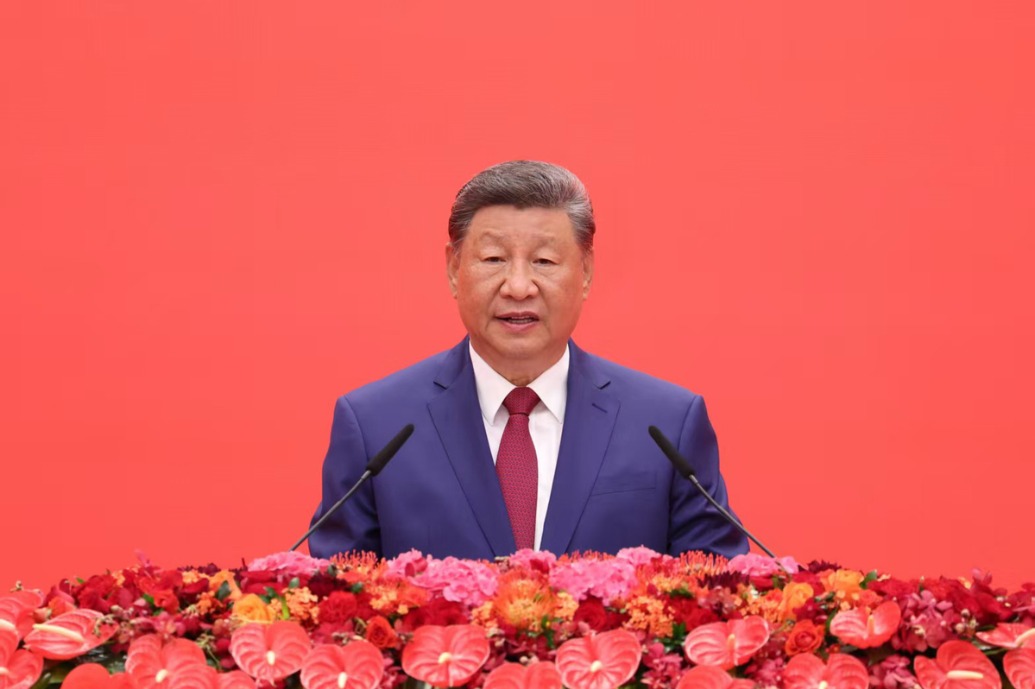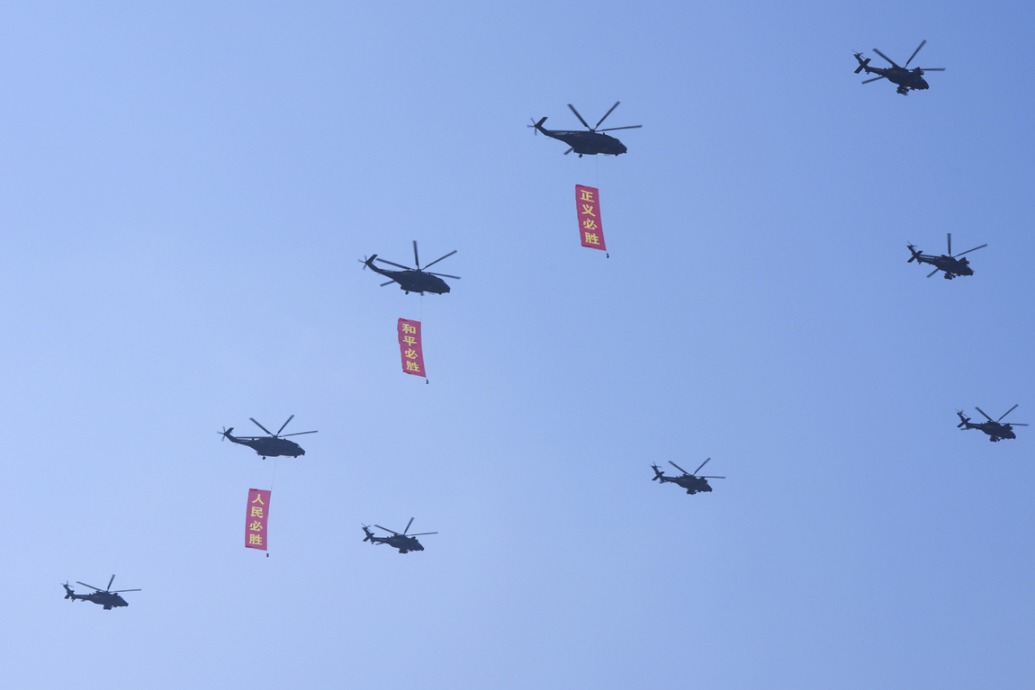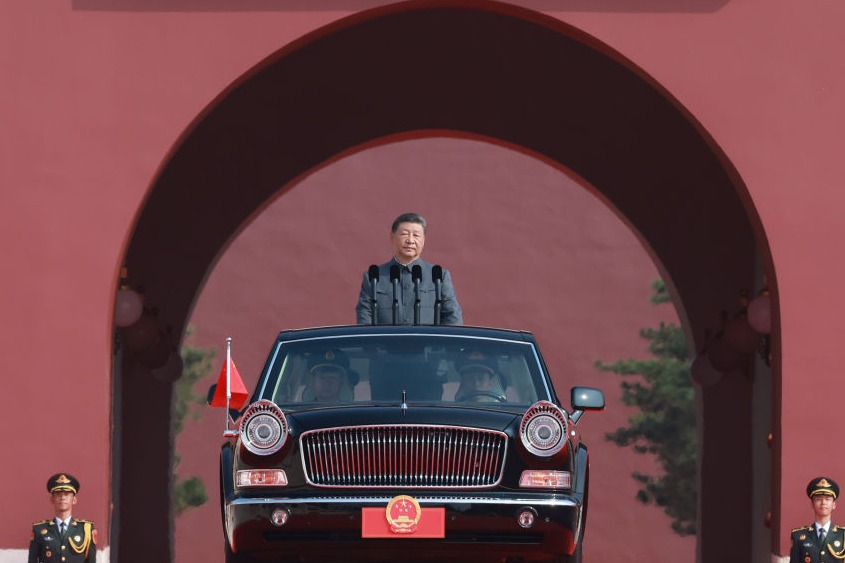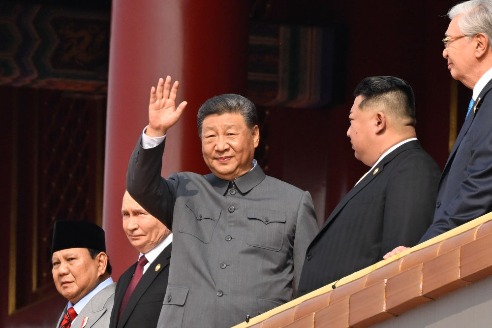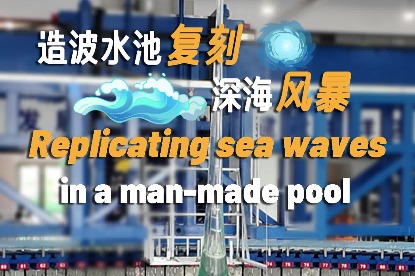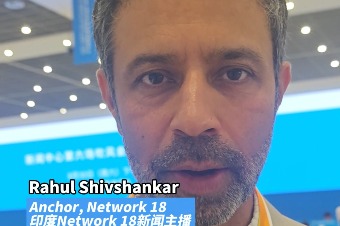XRL indispensable to HK's development

Zhou Bajun notes that the co-location arrangement clearly defines mainland officers' jurisdiction in the terminus; fears over Basic Law breaches are groundless or obstructive
The special administrative region government on Tuesday announced the co-location arrangement to let mainland customs and immigration departments operate according to mainland law in a leased area inside the West Kowloon Terminus of the Guangzhou-Shenzhen-Hong Kong Express Rail Link (XRL) Hong Kong section. The co-location arrangements have been a major controversy since they were proposed when the XRL project started; the main concern is that allowing mainland authorities to enforce mainland laws inside the XRL terminus would contravene Article 18(2) of the Basic Law of the Hong Kong SAR, which stipulates: "National laws shall not be applied in the Hong Kong Special Administrative Region except for those listed in Annex III to this Law. The laws listed therein shall be applied locally by way of promulgation or legislation by the region."
That concern is based on misunderstanding. According to the co-location arrangements, three of the four underground levels of the XRL terminus will be leased out as the "Mainland Port Area", where mainland customs, immigration and quarantine inspection officers clear passengers according to mainland laws, including criminal law when appropriate. The lease contract will be signed by the Shenzhen city government, which the relevant mainland law enforcement departments belong to, and the HKSAR Government. Mainland personnel working in the three-level Mainland Port Area are not allowed to enter areas outside it and must return to Shenzhen when they finish work every day.
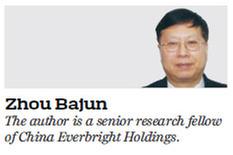
As such the co-location arrangements will limit the application of mainland law to the Mainland Port Area inside the XRL terminus according to a lease contract between two responsible regional governments. Without the contract there will be no Mainland Port Area for mainland law enforcement operations in the first place. More importantly the arrangements will have to be authorized by the National People's Congress Standing Committee to comply with the Basic Law.
Of course back when the Basic Law of the HKSAR was drafted in the 1980s and promulgated in 1990 no one could have foreseen the construction of the XRL or that it would necessitate "one location, two jurisdictions" inside the West Kowloon Terminus 28 years later. From this point of view, the concern mentioned in the beginning of this article is not hard to understand. But there is no reason to be obsessed about it, unless one has ulterior motives.
All members of Hong Kong society owe it to themselves to fully understand and appreciate the importance of the XRL to Hong Kong's long-term development. To understand it people need to look back at the debate over Hong Kong's development strategy in the late 1980s.
At that time much of Hong Kong's manufacturing industry had moved to the Pearl River Delta region in Guangdong, while those who had not were thinking about moving too. That is why many people thought at that time that Hong Kong would focus on developing various services from then on and let Guangdong do the manufacturing. However, some other people did not agree with this view and insisted that Hong Kong should not rely on the service industry so much as to overlook the high-tech industry or a more innovative manufacturing sector. They believed Hong Kong needed to maintain a balanced industrial structure. For sake of simplicity in related debates some people summed up the two views as the "empty shell theory" and the "balance theory".
The British Hong Kong government kept quiet throughout that public debate. As a matter of fact, with no consensus reached in the debate, market forces opted for the "empty shell theory" for Hong Kong and that's what happened in the past 30 years.
There is no telling how much the "empty shell theory" has cost Hong Kong because the reality is the city is still paying for failure to build a balanced industrial structure for so long, and now it is much harder to pull off than before, granted there is no way around the path toward building a knowledge-driven economy.
Since Hong Kong missed the "balance theory" boat for the past 30 years, some people may ask - shouldn't the city focus on exploring its own potential right now? Maybe, but it may imply Hong Kong could go without the XRL to avoid the troubles caused by co-location arrangement.
Were people to entertain that idea now they would be wrong again, because they overlooked the fast-changing external and internal conditions.
The mass relocation of Hong Kong's manufacturing industry to Guangdong 30 years ago was determined by the market law and no one could ever stop it. That said, Hong Kong does have what it takes to develop a high-tech manufacturing industry. The question is how. Thanks to economic integration Hong Kong has achieved with Guangdong and the rest of the country in the past few decades it is no longer possible for the city to go about economic development entirely on its own.
The XRL is Hong Kong's access to the nationwide high-speed railway network which will put the SAR in sync with the nation's development and enhance its own economic efficiency, not to mention easier personnel exchanges and more visitors. On top of all that convenience is the prospect of Hong Kong playing the lead role in development of the Guangdong-Hong Kong-Macao Greater Bay Area city cluster if only it embraces broader economic integration. To do so the XRL is a very important step, or there is no telling when another opportunity will present itself.
(HK Edition 07/27/2017 page8)
Today's Top News
- Clarion call for safeguarding multilateral trade system for the common good of world
- Xi delivers speech at V-Day reception
- China committed to path of peaceful development: Xi
- Xi appears at center of Tian'anmen Rostrum
- Event to share glory of victory in war of resistance
- China's military tech strengthens global peace


















